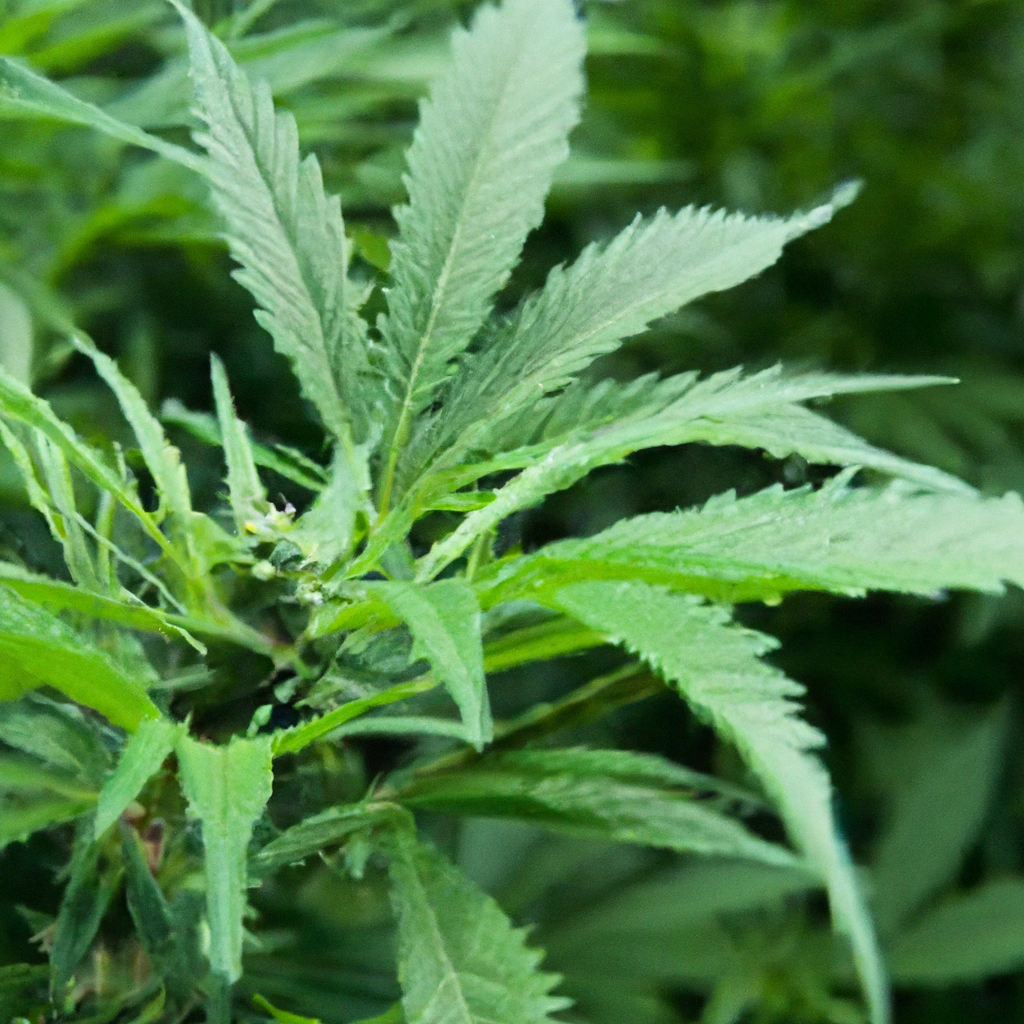In the dynamic world of cannabis cultivation, there’s one element that remains fundamental to producing high-quality plants—soil. As growers strive for excellence, understanding the intricate dance between soil health and plant vitality can be the key to unlocking a successful harvest. Here in the heart of Colorado, where high-altitude growing presents its unique set of challenges, the journey from soil to cannabis flower is as much about nurturing resilience as it is about harnessing environmental advantages.
The Foundation: Choosing the Right Soil
The choice of soil can make or break a successful cannabis cultivar. For those growing in Colorado’s diverse climates, leveraging rich, organic soil not only supports robust plant health but also conserves precious water. Organic soil, rich in nutrients and microbials, helps in creating a living ecosystem that nurtures plants from seedling through to harvest.
- Organic Components: Emphasize natural amendments like compost, worm castings, and coco coir.
- pH Balance: Optimal soil pH should hover around 6-7 for cannabis to thrive.
- Moisture Retention: Using water-retaining amendments can significantly reduce water usage, aligning with sustainable practices.
Cultivating Cannabis: Understanding Environmental Control
In environments as unpredictable as the Rocky Mountains, effective environmental control can mean the difference between a mediocre harvest and a bountiful, potent crop. Managing variables such as temperature, humidity, and light exposure ensures that cannabis plants are not just surviving but flourishing.
John “Magic” Greenleaf, a pioneer in the Colorado cannabis scene, masters these challenges through techniques like humidity regulation throughout growth stages and employing high-efficiency LED lighting to simulate sunlight while reducing energy consumption by 25%.
Harvesting Sustainability: Achieving High-Yield Optimization
Maximizing yield while minimizing environmental impact remains a core goal for responsible growers. Techniques like drip irrigation play a crucial role in water efficiency, cutting waste by up to 40%, while sustainability metrics reflect important energy and resource savings.
John employs a drip irrigation system that saves over 10,000 gallons of water annually, highlighting a commitment to sustainability. Additionally, his use of organic practices not only supports plant health but also aligns with an ethos of environmental stewardship.
The Cycle of Growth: From Seed to Satisfaction
At the end of this earthy journey, the culmination of patience and meticulous care is rewarded with a harvest bursting with potential. Whether focusing on terpene mastery or stable high-THC strains, aligning cultivation practices with nature’s rhythms enhances both quality and efficacy.
Flourishing under the high-altitude sun or within controlled indoor environments, cannabis provides a testament to the power of informed, passionate growing practices. As John always says, “Healthy roots, healthy buds, happy harvests.”
Explore the interplay of environmental mastery and soil science, and watch as your cannabis garden blossoms beyond expectation, thriving in the unique elevation of Colorado’s lush landscape.
Conclusion
At the nexus of tradition and innovation, cultivating cannabis involves much more than soil and seed—it’s about fostering a landscape where both the plant and the grower can reach their fullest potential. Prioritizing organic practices, environmental control, and sustainability not only contributes to a successful yield but ensures a lasting positive impact for future generations.
Tags: Cannabis Culture, Sustainable Cultivation, Organic Cultivation, Environmental Control


Leave a Reply